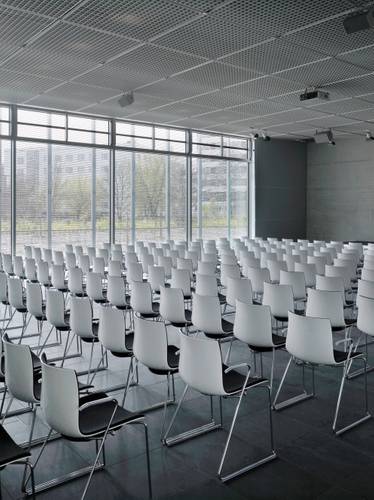Keynote speech: Prof. Dr. Hans-Jürgen Bömelburg
Panel discussion with:Prof. Dr. Hans-Jürgen Bömelburg, Prof. Dr. Andrea Löw and Prof. Dr. Krystyna Radziszewska
Moderation: Prof. Dr. Katrin Steffen
(Together with the German Cultural Forum for Eastern Europe, the Foundation Memorial to the Murdered Jews of Europe and the German-Polish Society Berlin)
In the 19th century, Lodz/Łódź developed from a provincial town on the edge of the Russian Empire into a modern textile metropolis of European standing through industrialization and the immigration of German, Polish, Jewish and Russian businessmen, craftsmen and workers. In the interwar period, when the city became Polish again, it retained its character as a melting pot. National conflicts were rare here. This only changed after the German invasion of Poland on 1 September 1939, when Lodz was to be Germanized as part of the so-called Reichsgau Posen, later "Warthegau". The renaming to Litzmannstadt, the establishment of a ghetto, forced labor and later deportations of the Polish and Jewish population to concentration and extermination camps served this purpose. After the Second World War, Lodz was to become a model socialist city in Poland. After several economic crises in the 1990s, the former "Manchester of the East" rediscovered its rich cultural heritage and is now once again acknowledging its traditions as a "city of four cultures".Translated with DeepL
